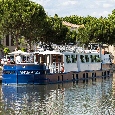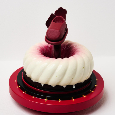
The Randolph Hotel and Frilford Heath Golf Club have combined to offer a “Stay and Play” experience that provides a city and country taster. Through the decades, both the Oxford hotel and the Oxfordshire golf club have acquired grand reputations for their impeccable heritage. Back in 1866, the refined gothic Randolph Hotel opened its doors for the first time. Then in 1908, the first ball was hit at Frilford Heath Golf Club. That course was designed by JH Taylor, five times Open winner. Today, those holes make up the challenging and lengthy Red Course which has hosted regional qualifiers for the British Open.
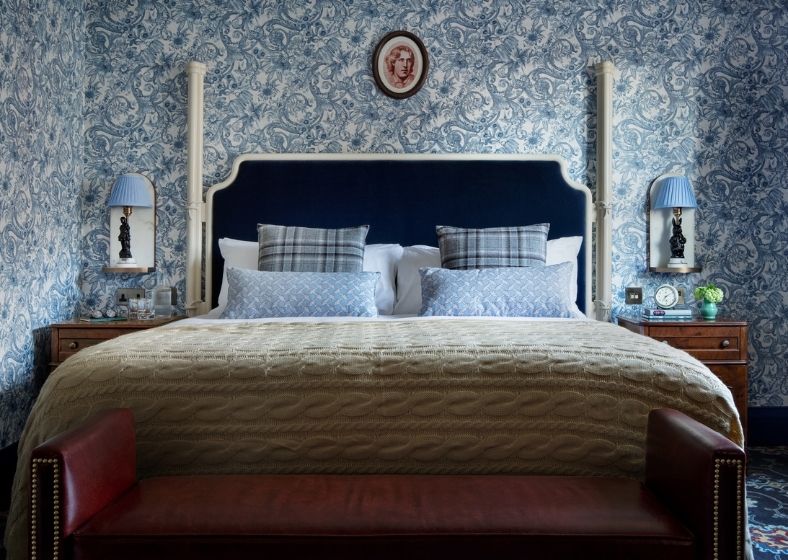
For the super-fit, day membership offers the challenge of playing the Red, Blue and Green courses between sunrise and sunset. This is where the stay and play package comes in. First though, a good night’s sleep is essential, whether you plan to take on 18 or 54 hotels. Recently acquired and refurbished by Graduate Hotels, The Randolph Hotel is looking grander than ever. Located at the heart of Oxford city, with the Oxford Playhouse as it’s neighbour and the Ashmolean Museum opposite, the Randolph captures the very essence of the city of dreaming spires. An atmospheric walk around the city takes in historic colleges such as Balliol and Trinity. Then stroll on to the architecture of the Radcliffe Camera and bucolic Christchurch Meadows.
Through the stained-glass lobby, The Randolph celebrates Oxford’s recent history. The wood-panelled Morse Bar marks the hours that Colin Dexter spent at the Randolph writing his latest Inspector Morse novel. Looking back to the 19th century, The Alice Restaurant recalls an Oxford Mathematician. Under his pen name of Lewis Carroll, he found fame for writing the Alice books. Floral patterns, wooden writing desks and comfortable sofas create a restful yesteryear ambience at the very heart of Oxford.
And yet it is only eight miles to the quiet English country idyll of Frilford Heath Golf Club. At times, walking through the club’s 500 acres, with a soundtrack of just birdsong, not a house nor road in sight, it is possible to forget the 21st century for a few hours. A grand entrance of curving Cotswold stone walls announces Frilford Heath Golf Club. A tree-lined drive, through striped lawns, suggests that you are about to arrive at a stately home. In some ways you will.
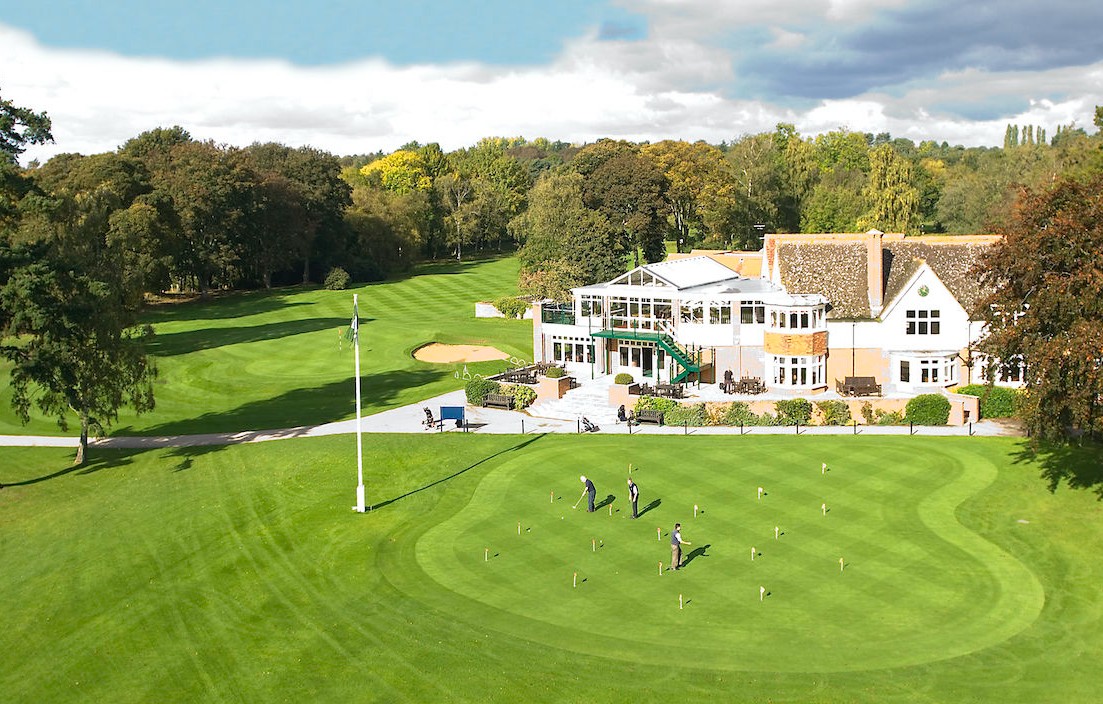 On the Red Course, there is a gentle start. A par-four opening hole with a slight dog-leg left. A vibrant yellow burst of Frilford’s trade-mark yellow gorse flourishes to the right. On the second-hole, the Red Course makes its intentions clear. The scorecard bluntly announces that off the white tee it is 534 yards to the flag. That is nearly two-and-a-half furlongs, almost a third of a mile.
On the Red Course, there is a gentle start. A par-four opening hole with a slight dog-leg left. A vibrant yellow burst of Frilford’s trade-mark yellow gorse flourishes to the right. On the second-hole, the Red Course makes its intentions clear. The scorecard bluntly announces that off the white tee it is 534 yards to the flag. That is nearly two-and-a-half furlongs, almost a third of a mile.
This is a course for big-hitters. For those who had a third Shredded Wheat for breakfast. Even Bryson DeChambeau would be stretching his muscles on this tee. Limbering up and downing an extra slug of protein shake. Not that the second is even the longest hole on the course. That honour goes to the intimidating 551 yards of the tenth.
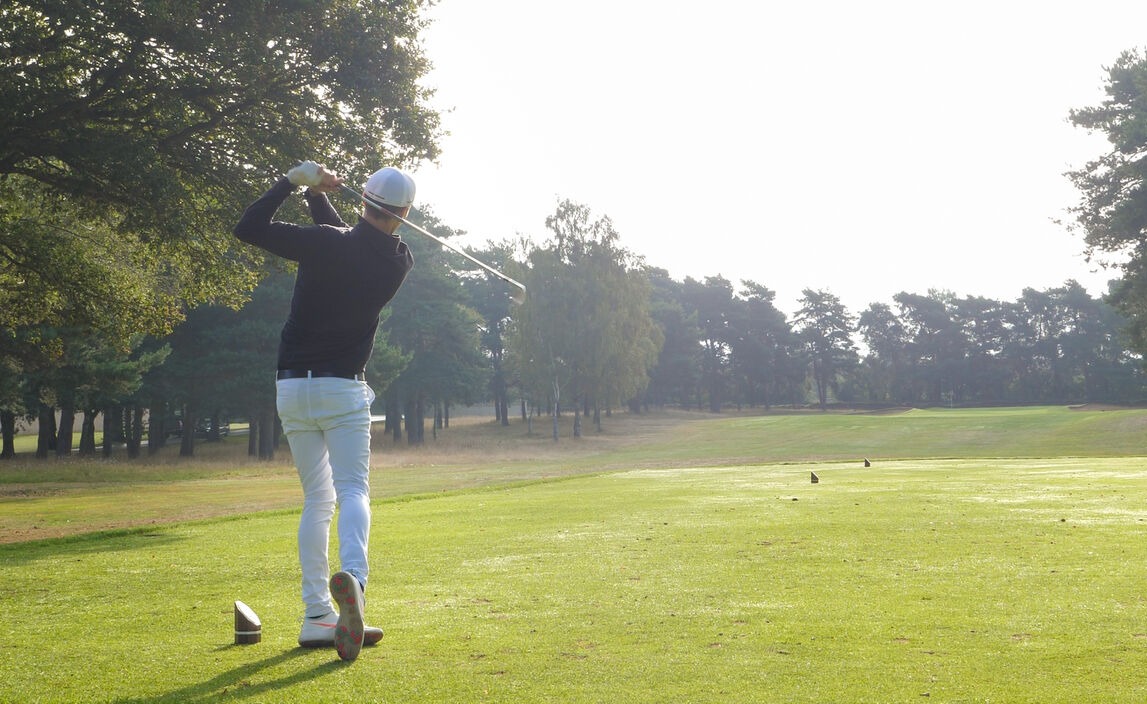
Totting up to a mammoth 7,045 yards over the 18 holes of the Red Course, the length pushes golfers to strain for distance. Inevitably, there are some visits to the penal rough for some, as their shots tail off the fairway. Thick prickly yellow gorse, that once seemed picturesque, is no longer as aesthetically pleasing.
It is the eighth which takes the Beauty and the Beast title with a Stableford Index rating of one. From the tee a much-battered tree, intruding and intimidating on the right of the fairway, demands a difficult draw. Negotiate that natural hazard and the next challenge appears. The fairway narrows to a card-threatening bottleneck.
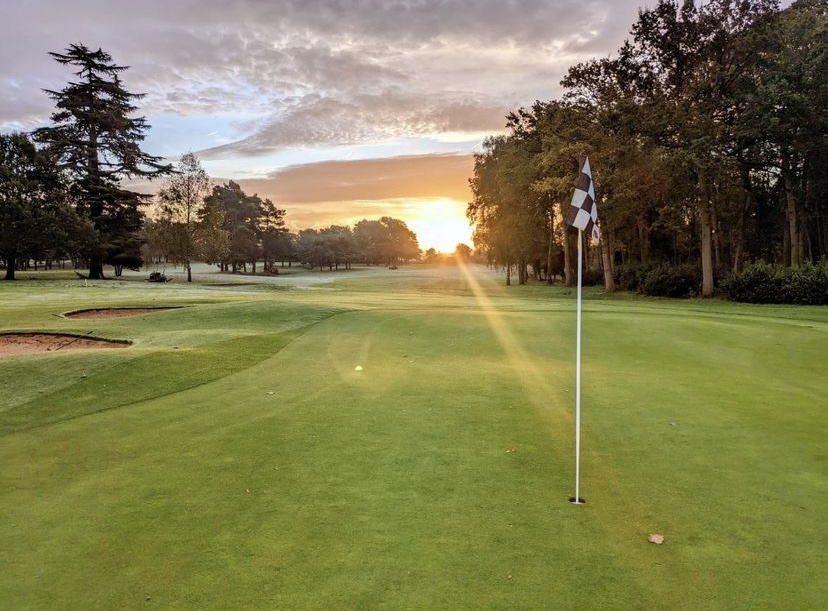
Arrive on the green and you are in putting paradise. Frilford’s greens are fast and true. Amateurs suddenly grow in confidence when they hole monster putts. Perhaps, after all those years of nearly moments, those missed putts were not caused by golfer error? Maybe all those putts that were long, short and slipped agonisingly away were caused by the vagaries of greens not as velvety pristine as Frilford’s. Most picturesque hole award goes to the boutique ninth. It is a hole for artists and poets as well as golfers. Think of a Monet Impressionist reed pond, fed by a stream crossed by a St Andrew’s style bridge. Although it is a mere 186 yards, trees lean in from the left to watch golfers try to fill in a par three on their card.
Ask Frilfield Heath Golf Course, “What would you have been if you hadn’t grown up to become a golf course?” And undoubtedly, the answer would be, “A nature reserve.” Ponds of reeds and marsh orchids are a reminder that is is a site with unique flora and fauna for Southern England. A similar landscape to the Brecklands of Norfolk with their fen habitat.
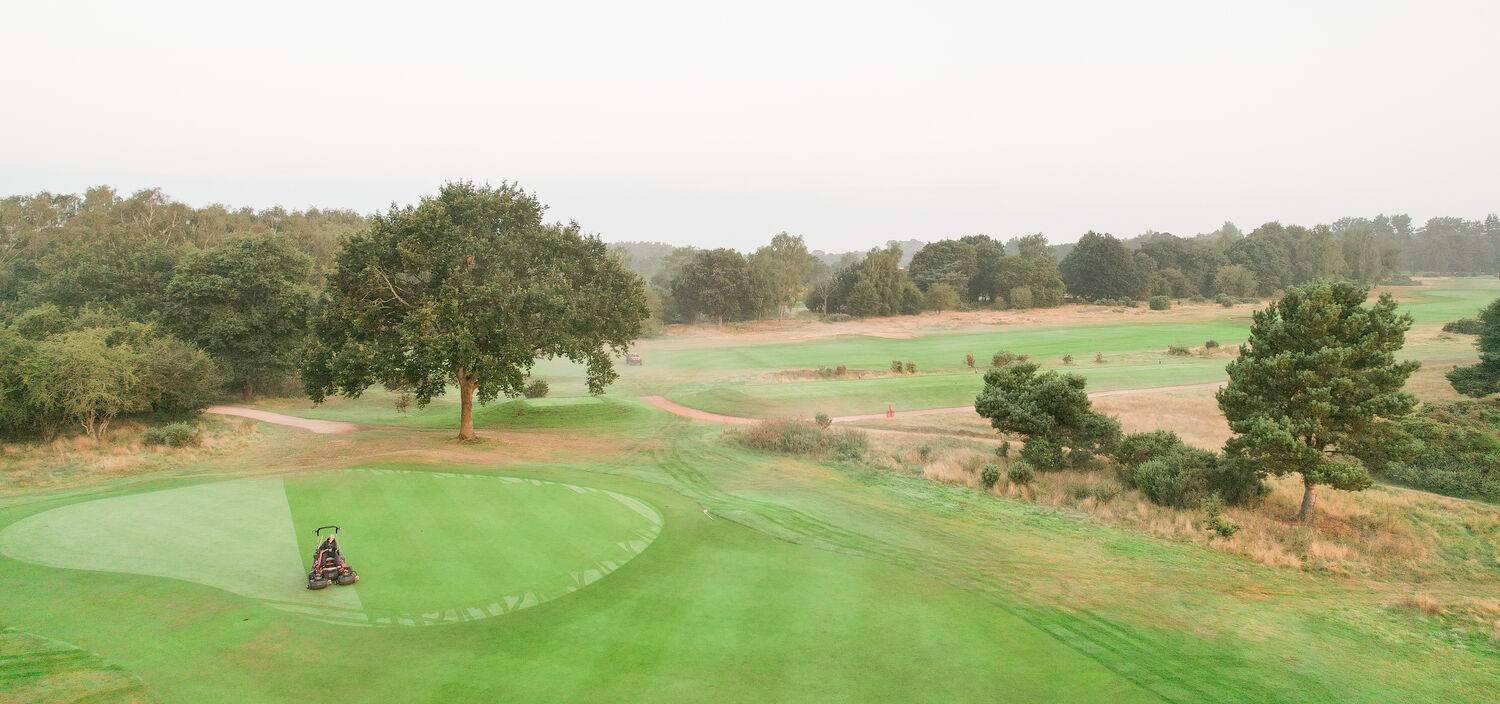
Once there was a commercial sand pit at Frilford and golfers appreciate the fast-draining sandy sub-soil. The club prides itself on providing permanent tees and greens throughout the damp winter. Finishing the back nine, beyond the clubhouse, the club shop looks like a golf club head. It’s design, based on the curves of a golf swing, won an architectural competition.

Typically of Frilford Heath Golf Club, the combination of innovative design, and the traditional choice of cedar and Cotswold stone, successfully blends old and new. The Stay and Play package brings the best of Oxfordshire golf and hospitality within reach of golfers from afar. Oxford’s finest hotel, The Randolph Hotel, and the Frilford Heath Golf Club make for a very sophisticated visit to town and country.
